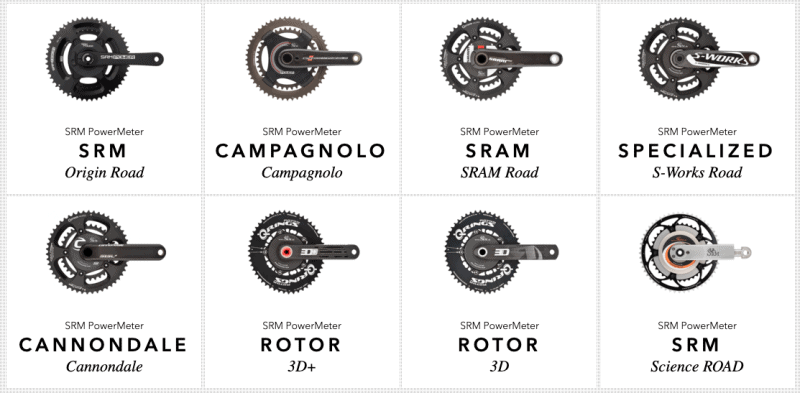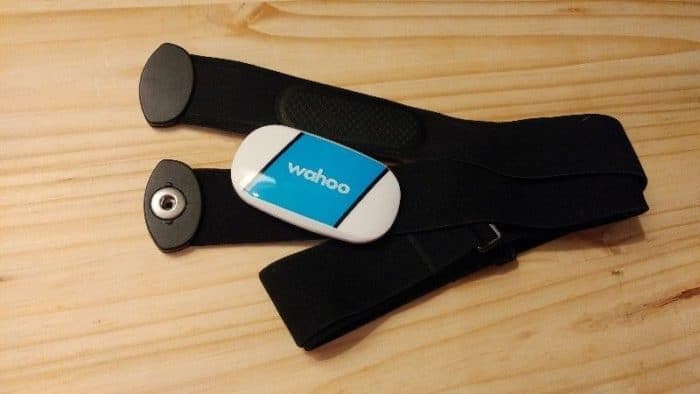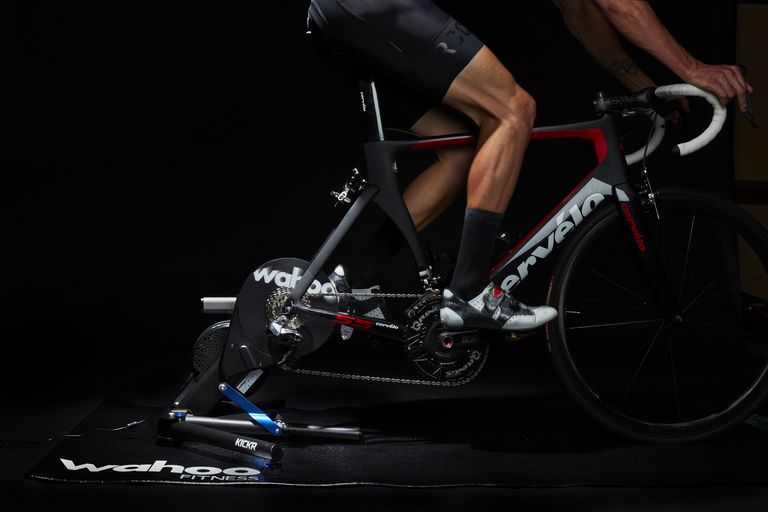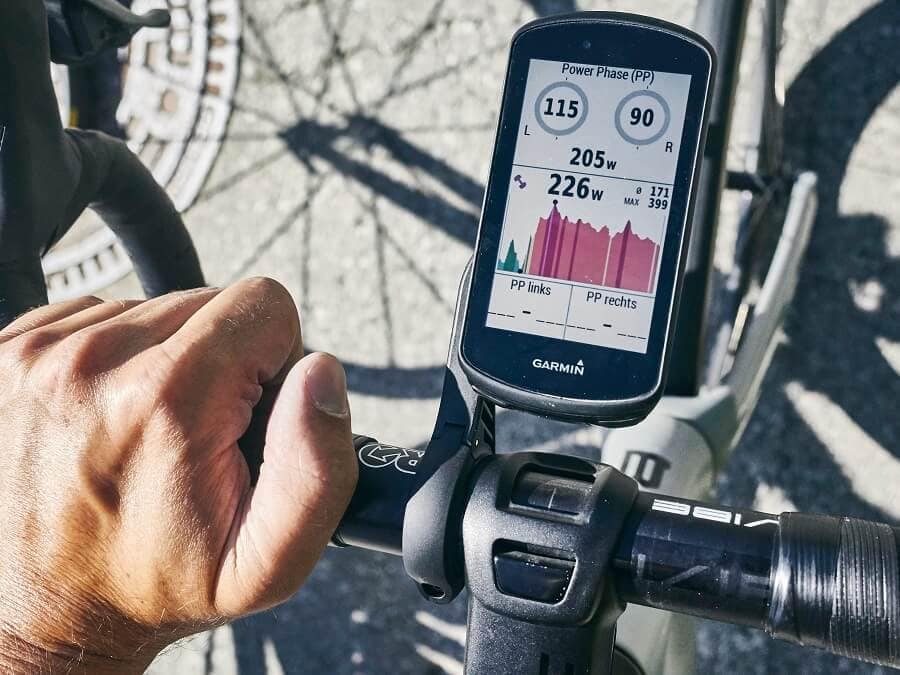Should I Train with Heart Rate, Power, or Both?
You used a heart rate monitor before, it’s a technology that’s been around for a while, but over the years you let it go. You’ve even thought of getting a power meter in the past, but you couldn’t justify the expense.
Now you’re ready to get back on board using technology to improve your performance, but you aren’t sure if a heart rate monitor or a power meter is the answer. Or maybe both?
- What’s the difference between heart rate and power?
- Is one a better choice?
- And how much will it cost?
To help you decide, we’ll look at those questions and more.
Advantages of Training with Heart Rate
Heart rate monitors pick up your heartbeat through electrical signals sent to a measuring device like a watch, strap, or other smart devices. How the signal is registered varies, but the most accurate among them is the use of a strap for its large surface area and proximity to the heart.
If you already own a bike computer from brands like Wahoo or Garmin, a compatible strap is all you may need to take advantage of its integrated heart rate monitoring technology. And if a smartwatch is on your wrist, it may have this function but with limited capabilities.
Once you’ve established your minimum and maximum heart rate, calculate your training zones and enter them into your device if it has this feature. On the bike, a monitor tells you how hard you’re working during your ride.
Off the bike, it can signal if you’re getting ill, or are over training and tired, usually reflected in a higher than normal resting heart rate.
Read More : A Cyclist’s Guide to Heart Rate Monitors
Affordable for Most Cyclists
It’s not news that first and second-generation tech devices cost a bundle. Such was the way of the heart rate monitor, but one of its major advantages today is its affordability.
A dependable heart rate monitor costs well under $100, sums attainable by most cyclists.
Early versions came with chest straps that worked marginally well because of interference from nearby electrical devices. This is a thing of the past thanks to encrypted signal technology that makes today’s monitors with strap receptors the most reliable.
Easy to Understand Metrics
You don’t need an advanced degree to read and understand the data a heart rate monitor provides. Once you’ve established training zones based on your maximal effort, you’ll see how fast your heart beats during exercise.
The established zones guide you in your exercise intensity based on the day’s training objective.
Heart rate monitors are best on prolonged efforts, like long uphill climbs and time trials. The resulting data also tips you off to which energy source you’re using in each zone.
The higher the rate, the greater the calories burned as carbohydrates vs fats. If burning fat calories to lose weight is your goal, you can tune your efforts to match.
Read More : How to Increase Your Power Output and Climb Faster
Disadvantages of Training with Heart Rate
While there are many benefits of training with a heart rate monitor, disadvantages exist too. Heart rate lag and external influences are two primary hurdles.
We’ll cover them below, but a third snag is that users have to be attentive to adjusting training zones as fitness improves. If left unchanged, the data may not shepherd you toward continued improved gains.
Susceptible to Heart Rate Lag
A heart responds to changes in exercise intensity but isn’t immediate, there’s a delay known as Heart Rate Lag. To make up for the difference, don’t go 100% on the absolute second, allow your heart rate to achieve the desired level before starting your interval.
This lag means that training with a heart rate monitor isn’t practical to evaluate high-intensity intervals of one minute or less. The same lag applies when the effort ends, so take a few extra moments during recovery to reach your base before starting again.
Heart Rate is Easily Influenced by Other Factors
Another drawback to training with a heart rate monitor is how other factors influence your heartbeat. The data shown may not be an accurate depiction of your actual state.
Heart rate varies on many things such as how much caffeine you drank, if you’re dehydrated, overtrained, lacking sleep, jet-lagged, and even based on the weather and ambient temperature.
Overall, heart rate monitors remain an excellent training tool, but they need to be used in situations that complement their advantages and limit their disadvantages.
They are best reserved for extended exercise efforts with fewer rate fluctuations like lengthy hill climbs and time trials and not for high-intensity intervals.
Advantages of Training with Power
While a heart rate monitor shows you what’s happening to your body, a power meter displays the result of your efforts, your output in real-time.
One major advantage to training with a power meter is the lack of external influences on the results. What you see is what you get.
This rapid return of data comes in handy for both longer and shorter, high-intensity intervals, allowing you to fine-tune your training while providing a treasure chest of insight to comprehend your strengths and weaknesses.
Power is Absolute
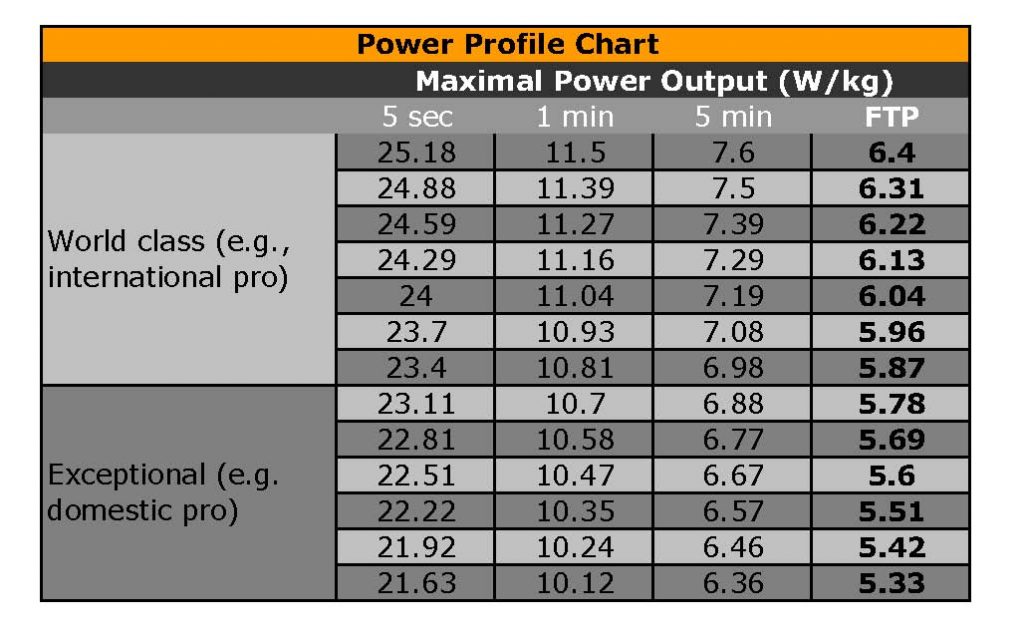
The watt is the most accurate means of measuring effort, 250w is 250w. They represent how your body responds to effort, be it an increase or decrease, as related to heart rate.
Power is absolute and not affected by a lag in response.
If you’ve accurately established your Functional Threshold Power (FTP), set training zones are more reliable and useful when using a power meter for training. The accuracy of the data means you’ll reap the most benefit from your training.
Read More : 10 Things You Didn’t Know About Power Meters
Quantifiable Results
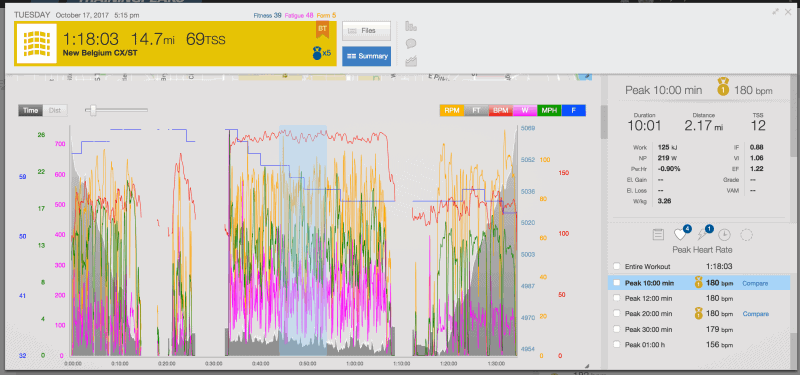
Take the guesswork out of your training with quantifiable results. A quality power meter provides accurate, dependable data to assist you in your training. Once a tool reserved for the pro peloton with a price to match, they are now more affordable and indispensable for cyclists who want to train efficiently.
The differences between power meters lie in their accuracy and some need to be calibrated regularly. Integrated into cranks, pedals, or hubs, one that performs inconsistently can derail your training program.
One is not better than another, but take the time to compare accuracy between brands and models before purchasing.
A Great Pacing Tool
Power meters are fantastic pacing tools and ideal for less experienced cyclists. Once you’ve established your FTP, they will prevent you from going too hard too soon, so you can say goodbye to blowing up on the hill or not making it to the finish line.
When paced correctly, with the help of your meter, you’ll theoretically flatten out any ride as your effort will be more consistent over the length of the course, regardless of terrain. Their pacing capacities are especially practical for time trials and sportive events.
Read More : A Cyclist’s Guide to Powermeters
Less Influenced by External Factors
Many external factors can affect heart rate, but this is not the case with a power meter. The data isn’t compromised by factors such as fatigue, environmental conditions, or dehydration to name a few. It’s the most reliable way to measure exercise intensity other than heart rate or perceived exertion alone.
Disadvantages of Training with Power
There are many benefits to training with a power meter, however, it’s important to note they have a few disadvantages too. Cyclists may become data-obsessed, which can lead to overtraining.
Or less time is spent enjoying the ride or beautiful scenery as they are fixed on their head unit.
Do we need more screen time?
A Steep Learning Curve
Today’s power meters offer an enormous amount of information that can be challenging to interpret. Not everyone is comfortable with technology and it takes time to learn andunderstand power terminology, data, and the software that analyzes it.
But without this data, riders may not get the most out of their investment, nor improve their training and performance.
Read More : 8 Mistakes Cyclists Make When Using Power Meters
Power Meters Cost More
Once only professionals used power meters because of their extensive cost which left them out of reach of the general public.
Things have changed and prices have come down considerably, but power meters remain significantly more expensive and a somewhat complicated training tool as compared to a heart rate monitor.
If you are on a tight budget, but still want a power meter, I recommend you wait and save your money for a new one as opposed to used to take advantage of the product warranty. Failure rates have improved with the technology, but buying used is a hit-or-miss situation, you just won’t know until you get it.
Training with Heart Rate and Power
We’ve learned that heart rate monitors and power meters have advantages and disadvantages. So which one should you use?
The ideal answer is both.
The two have a concrete place in any cyclist’s training program. It’s for this very reason that serious cyclists and pros leverage the benefits of each device to quantify internal and external measurements in their training and recuperation programs.
Here are three ways both devices are put to use.
- Creating and analyzing training zones. Set benchmark values are used in contrast to data as your fitness improves to establish pertinent training zones for each.
- Tracking fitness gains. Heart rate and power will never correspond exactly, but data from both allow you to track your fitness gains. If you want to learn how the two affect each other, read about aerobic decoupling.
- Learn your ceiling, avoid over-training. A deluge of training data can lead to overtraining. Learn your limits and establish normal heart values compared to power output.
Author Recommended Reads

